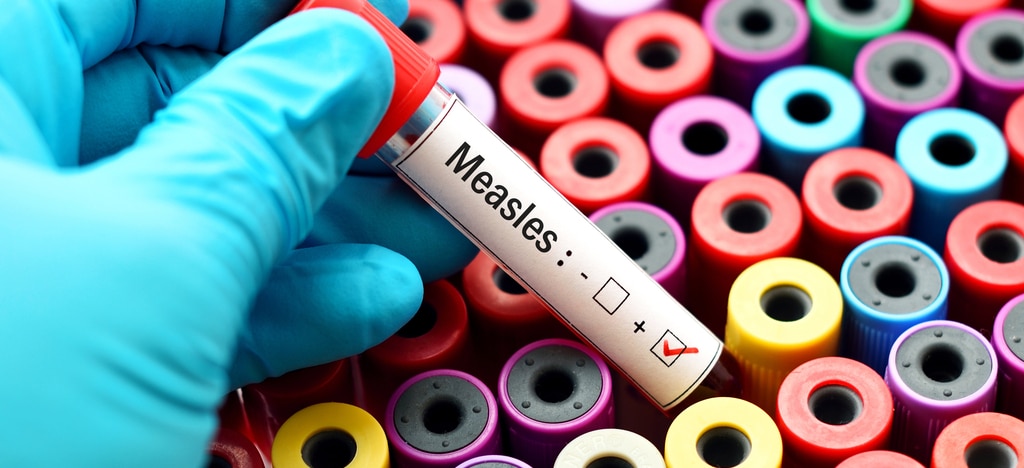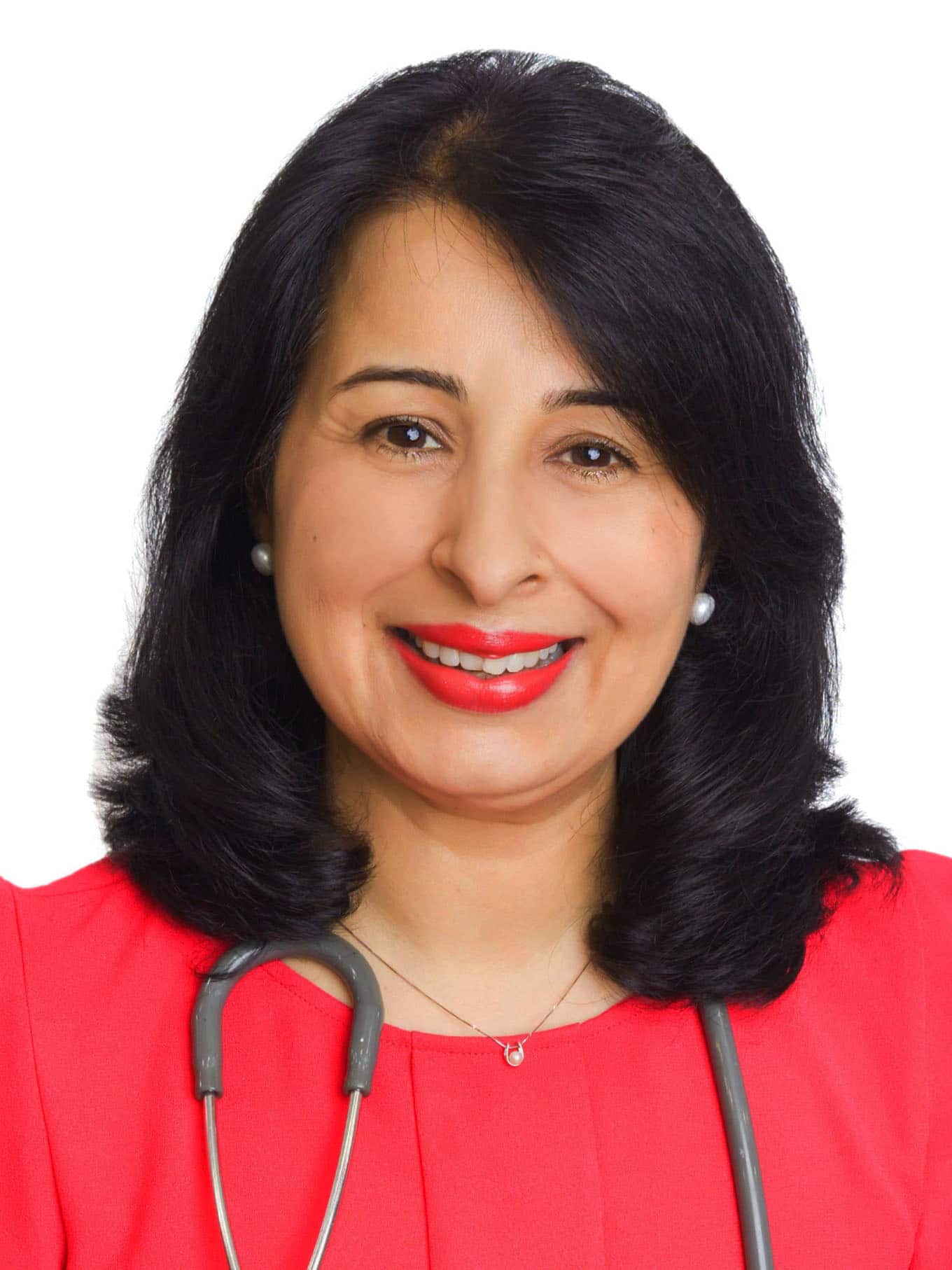Is there a global measles outbreak?
Yes. The number of measles cases reported worldwide in the first three months of 2019 has quadrupled compared with the same time last year, according to the World Health Organization (WHO). Anti-vaccine scepticism, conflict and poor access fuelled this increase in measles cases, according to the World Health Organization (WHO).
The UN health agency said the resurgence was happening at a global level, including in wealthy nations where vaccination coverage has historically been high.
How is the virus spread?
Measles is highly contagious. It is spread through airborne droplets that are released into the air when coughing, breathing and sneezing and through contact with secretions of the nose or eyes. The virus can stay active for about two hours after being released into a room.
What are the symptoms for measles?
The disease incubates for 8-12 days before symptoms appear. A high fever, runny nose, cough and eye inflammation (conjunctivitis) occur initially. 1 to 4 days later, spots may be noted on the cheek lining within the mouth – reddish with a white centre (Koplik’s spots). A doctor may be able to differentiate measles from other viral illnesses based on these. This is followed by a rash which starts from around the hairline slowly spreading to the face and then the rest of the body including the palms and soles. The rash may appear to be flaky or peeling a few days later.
How long is a patient contagious for?
From 4 days before onset of symptoms to 4-6 days after onset of the rash.
Which countries have been affected?
The following is not exhaustive but provides an overview of the global impact of this outbreak.
- Asia – For the past two years, the Philippines and Indonesia have had the world’s second- and third-highest rates of measles, behind India. Malaysia, Vietnam, Japan and Thailand cases are also rising steadily.
- Africa – witnessed the most dramatic rise – up 700% (WHO).
- Europe – measles cases have tripled between 2017 and 2018 which especially high rates in Ukraine, Serbia, France, Italy, Greece, Albania, Romania
- US – Measles continues to spread in the United States, surpassing 700 cases this year as health officials around the country sought aggressive action to stem the worst outbreak in decades.
- South America – Brazil, Venezuela
Is there an outbreak in Singapore?
The number of measles cases in Singapore in the first 11 weeks of this year was more than triple that of the same period last year (MOH). Nevertheless, the numbers are relatively small (38 cases of measles recorded in Singapore in 2019) and the population has high immunization rates.
When should you get the vaccination?
Historically the vaccine has been given at 12 months with a booster given at 15-18 months of age. Due to the current outbreak the Centres for Disease Control and Prevention (CDC) in the US recommends that children as young as 6 months can get their 1st MMR vaccine (measles, mumps and rubella vaccine), with a 2nd dose given at 12 months. These children will then be given a booster at 15-18 months of age to ensure that complete protection is achieved.
Teenagers or adults who are non immune should be vaccinated. It is safe to do a vaccine if no records are available of previous vaccination.
Is the vaccination mandatory in Singapore?
Yes. MMR vaccination is mandatory since 1985. In fact, from February 2019, all foreign born children less than 12 years old are expected to show proof of two doses of measles vaccination or immunity to obtain certain types of immigration passes (details on MOH website – www.moh.gov.sg).
What should you do?
Check your vaccination schedule. Has everyone in your family been vaccinated? If you are not sure make an appointment with your family doctor. Remember, it is safe to do a vaccine if no records are available of previous vaccination.
 Dr Charu Narayanan
Dr Charu Narayanan
IMC Katong
Please call to make an appointment: 6733 4440



































